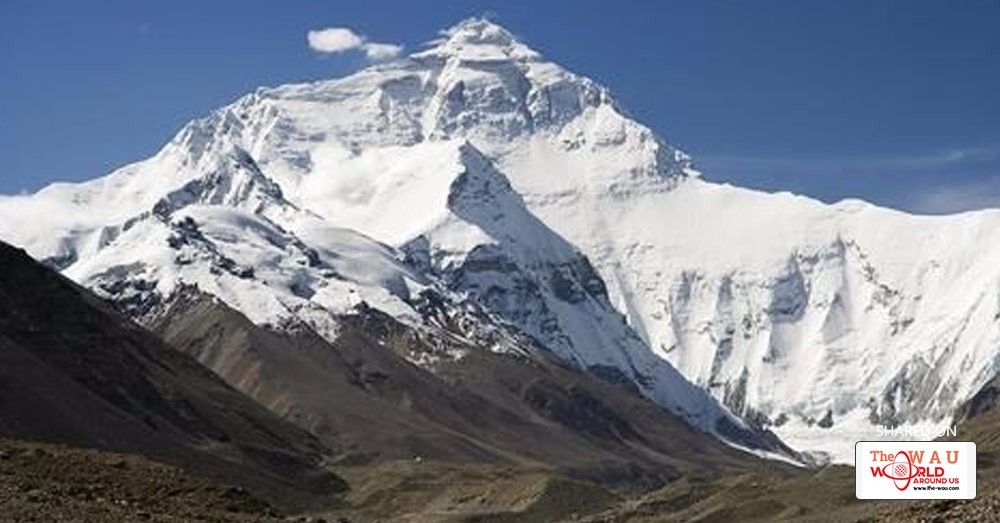Climate change has been manifesting itself through many ways including changing weather patterns.
In India's case, there has been loud clamour over the plight of farmers betrayed by monsoons in the past few months.
However, the largely-ignored farmers in the Himalayan village of Komik, located at Spiti Valley in the Indo-Tibetan border, are now feeling it too as its water sources are drying up.
Water is changing everything for the farmers in Komik
"In 2015/16, there wasn't enough snowfall and so when summer came, the springs - which are the main source of irrigation for people - were all dried out. There was hardly any crop," notes Ishita Khanna from Ecosphere, an Eco-tourism company based in Spiti.
Komik: A Himalayan village under stress
Known as the world's highest village with a road, Komik is located in the Spiti Valley, a trans-Himalayan desert which gets cut off from the rest of India when snow blocks its path for half a year.
Farming, the main livelihood of over 12,000 inhabitants in the region, is under threat as water sources including rivers and ponds are running dry.
Global warming has left Spiti farmers, water stressed and vulnerable
Unlike the plains where there are two sowing seasons, there is only one sowing season in Spiti leaving them more vulnerable to failure. Further, due to lack of water, farming has become difficult and animal herders are reportedly forced to trek to higher altitudes.
Climate change and India's water crisis
Many of India's water sources including wells and aquifers have recorded a decline in water volume over the years, requiring the government to take urgent measures.
This has been brought about by prevalent unsustainable practices including surface water pollution and ground water extraction, leaving about 50% of the country 'water stressed'.
Climate change impacts including erratic rainfalls and increasing temperatures have worsened the situation.
No more drinking water?
According to WaterAid, about 63 million Indians don't have access to clean drinking water. As India's population multiplies, the situation is likely to worsen, with per capita water availability estimated to drop to 1,140 cubic metres in 2050, a 50% drop from the 2011 figure.
Are we focusing on farmers in plains over the hills?
While sufficient attention has been given to the problems of drought-affected farmers in the plains, due to larger agricultural outputs and population, farmers in isolated parts of the Himalayas are largely ignored.
Being a climate-sensitive spot, experts opine the climate change is threatening the existence of farmers residing in these regions as temperature rise and glacier melt are starting to affect their livelihood.
What should the government do?
While measures including crop insurance have been instituted to address climate-related concerns of farmers in plains, farmers in the hills, who reside in a fragile ecosystem require urgent attention, without which they will be forced to abandon traditional practices.
Although measures including construction of water catchment areas and providing water tanks are being implemented in Spiti, its 6-month-isolation caused by snow make work difficult.
Share This Post















